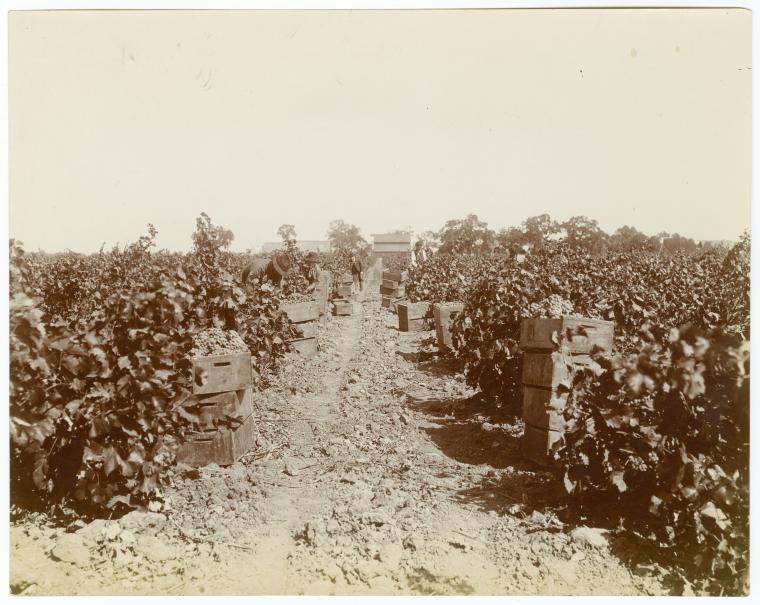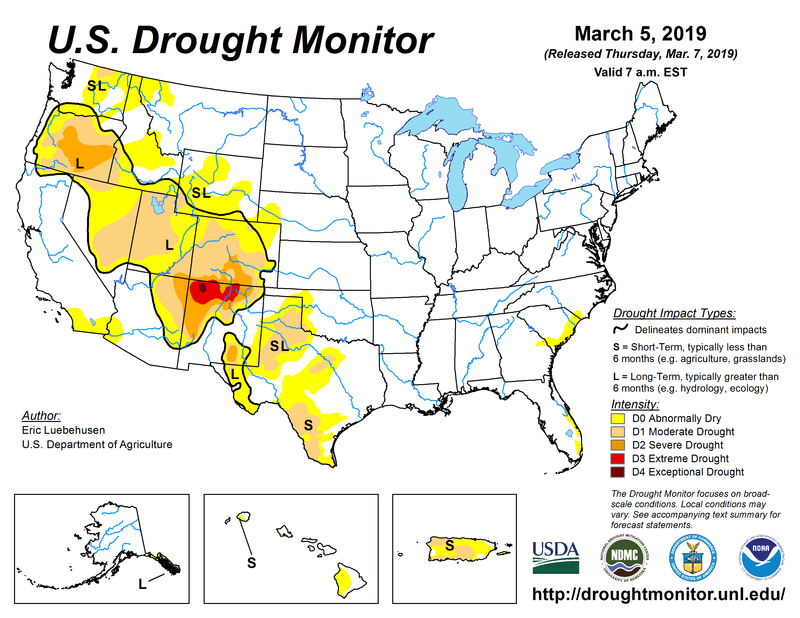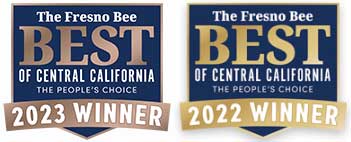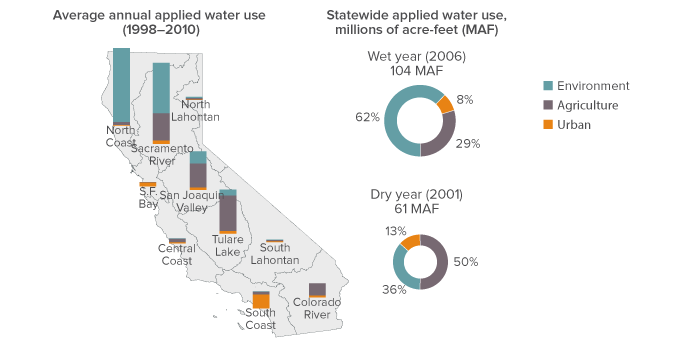by whclagledership
avid Kahn and Dusty Ference marked the second set of guest speakers for our Ag Leadership class on March 1st, 2019. Mr. Kahn’s brought an extensive legal experience as a lawyer who’s firm specializes in Agriculture Law, Natural Resources and Water Law, Corporate and Business Law, and Real Estate Law, while Mr. Ference brought in a variety of local agricultural perspectives from his years of involvement in Tulare County Farm Bureau. In a round-table style meeting, both presented and led our open discussion on current programs. Here’s three things we learned:
1. California’s SGMA.
Introduced and approved through vote in 2014, Sustainable Groundwater Planning Grant Program (SGMA) established state-wide voluntary regulation. In it’s own words, the program “empowers local agencies to form Groundwater Sustainability Agencies (GSAs) to manage basins sustainably and requires those GSAs to adopt Groundwater Sustainability Plans (GSPs) for crucial groundwater basins in California.” This allows for farmers to form these GSAs and receive grants for water management. Interestingly, SGMA does not consider groundwater recharge useful to the environment, which may contribute to land subsidence, or sinking, in the Central Valley. These effects may have large structural and economic costs, alongside leaving farmers’ aquifers with less water during needed drought seasons.

San Joaquin Valley. From New York Public Library Collections:
https://digitalcollections.nypl.org/items/510d47e3-ee4c-a3d9-e040-e00a18064a99
2. Solar and — Hemp!?
California has two growing markets raising eyebrows in agriculture. Reception is mixed on California’s solar promotions though, having marginal farmland within organized regions to retire and turn into solar farms with the “retired” farmland is paid for by the U.S. General Services Administration.
And, of course, hemp. There’s potential interest for farmers in the San Joaquin Valley to grow hemp plants as an alternative to cotton. With claims in environmental and economic benefits over cotton, being more efficient water and pesticide use, conditions may be right for local growth of the crop. Not to mention the large variety of uses it has since many parts of the plant can be used for fiber, CBD oil, or food. While it could contribute to a large regional reduction water use, the concern is that passersby may mistake the cannabis hemp (the species very low in the THC) for the drug species marijuana (the drug high in THC).
3. Don’t Underestimate Your Own Impact.
There’s plenty of ways we can get involved with California’s water management, and it doesn’t just stop at leaky pipes. Involvement in local organizations and governments, like a drop of water, creates a ripple effect. Reports by PPIC below show California water use declining in all agriculture, business, and urban sectors despite population growth. This year started off with unexpected high precipitation and multiple “drought class improvements” have been made state-wide.
This doesn’t mean that the issue has been solved, but we’re at the first steps towards better efficiency with the goal of conserving future prosperity. Outside-the-box solutions across all uses of California’s water uses are interconnected. From city-planning, agricultural irrigation, sewage management, to simple home conservation.

In the end, David Kahn and Dusty Ference’s visit left me with curious on one deceptively simple question that we’ll all have to consider:
Where else can we conserve?


